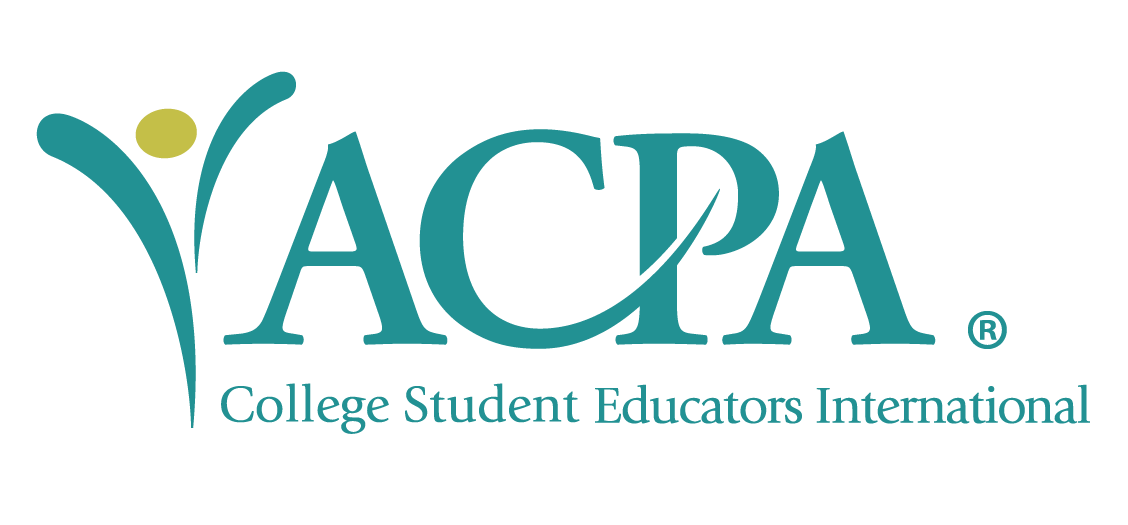By: Acacia Kapusta
Oftentimes, when we hear or say the words “diversity,” “equity,” “inclusion,” or “social justice,” disability is not even a part of the definition or the efforts in Student Affairs and on our campuses. On most campuses, the Disability Resource Office (DRO) reports directly to Student Affairs, and is often housed alongside health and wellness services and counseling services. DROs are also sometimes located on the edges of campuses, not easy to find, and difficult to get to.
Because of these issues as well as many others too long to list, faculty typically perceive accessibility and disability-related issues as “the DRO’s job.” Their relationships with DROs tend to be “tell me what to do about this student,” which is fine and dandy, but absolutely shouldn’t be the end of their efforts.
At Washington State University, I recently developed a series of presentations and workshops directed primarily to faculty, but also to staff all over campus. These workshops are intended to educate our educators on disability issues, how to be an ally to students with disabilities (SWDs), and so on. The sessions include:
- Universal Design in the Classroom: principles, proactive vs. retroactive approaches to addressing needs of SWDs, examples, action items (20 minutes)
- Intersection of Disability and LGBTQ+: intersectionality, language & terminology, histories in higher education, current trends, models of thinking, case study (50 minutes)
- Supporting Students with Disabilities: ableism, allyship, how classroom environments affect disabilities, universal design, action items (20 & 50 minutes)
- Ableism in Our Everyday Language: ableist language, purpose of adjusting language, 3 steps to adjusting language, examples, practice, discussion (50 minutes)
- Pregnant and Parenting Students: students’ rights/faculty responsibilities, lactation rooms, processes for P&P students, common issues & challenges, resources (20 & 50 minutes)
As I was developing these sessions, I spent quite a while reaching out to the department chairs individually and sending them information and requesting an opportunity to come visit their faculty and staff. Not surprisingly, however, the response rate was incredibly low, and the follow-through was even lower. In the six months that these have been available, I have presented a total of four workshops to two departments. Most recently, one department originally had me booked for a full day to present every session, but upon reaching out to confirm three days prior, I received a response that they were too busy and asked to reschedule for a one-hour session two months later.
Why is it that disability equity and inclusion is not a community issue, but an “us” issue?

